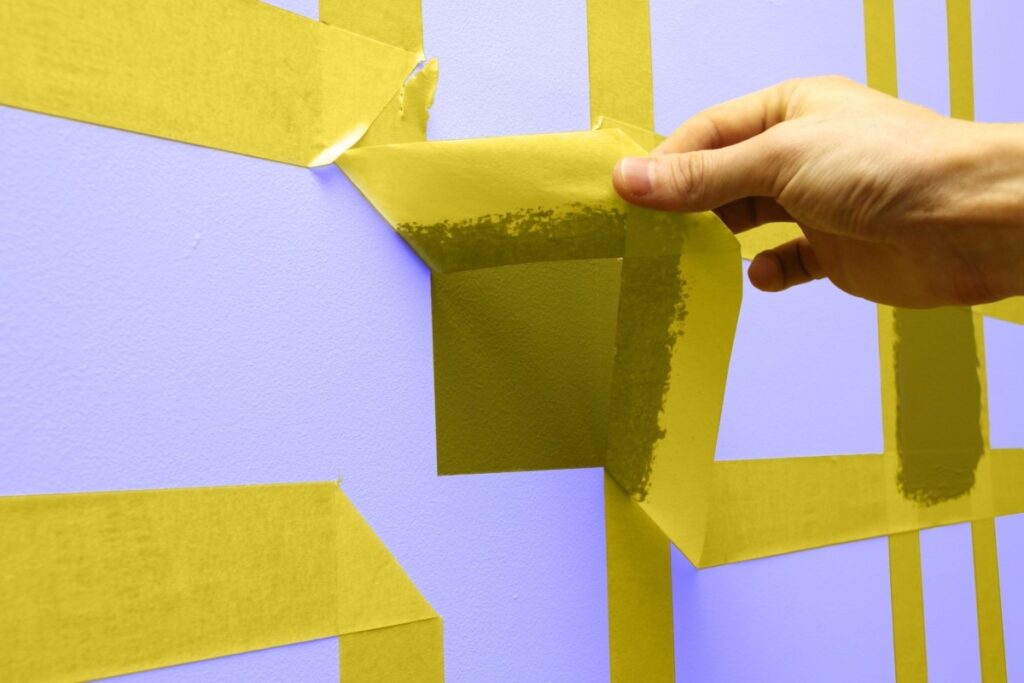Masking tape, also known as painter’s tape, is a type of pressure-sensitive tape made of a thin and easy-to-tear paper, and an easily released pressure-sensitive adhesive. It is available in a variety of widths. It is used mainly in painting, to mask off areas that should not be painted.
Masking tape is a low tack, lightly adhesive paper tape that is designed to be easily removed without leaving any marks or residue. General Use Masking Tapes have different adhesion options as well, normal one is 140mic-150mic and now we also provide 120-130mic low-tack masking tape, which is more economical in painting industry.
Extremely low-tack masking tape, designed for applications on extra delicate or freshly painted surfaces. Low tack – low residue – very lightly creped masking tapes for delicate surfaces. Ideal for use on previously painted surfaces, wallpapers and in any project where low tape adhesion and no surface damage is a must.
Masking tape painting Tips
Here are 6 masking tape tips that will help you get a flawless paint job done, quickly and with no mess:
1. Always start with a clean surface. Remove dust and dirt from edges and surfaces before applying, to guarantee perfect adhesion and crisp edges. Microfiber cloths are preferable, but if you use wet cloths be sure that the surface has dried before starting with the application.

2. When applying the tape, use short strips. They are easier to apply and don’t get tangled. They’re also preferred when painting irregular surfaces and edges because it’s easier to apply the tape and obtain crisp lines.

3. After applying, make sure to seal the edges running your fingers back and forth over them. Check the presence of air bubbles and lifted edges in the marking tape because the paint might seep through them.

4. Overlap the strips’ edges for easy removal. It will be easier to find them and won’t cause any damage to the paint. And when removing the tape, start pulling at the opposite side of where you applied it.

5. Brush a little bit of paint of the same color as the surface along the tape’s edge to create an additional seal against paint bleeding under the tape. It also guarantees higher precision when painting the surface where the masking tape was applied.

6. Finally, when the paint is dry to the touch, remove the tape pulling slowly at a 45-degree angle. Be gentle to avoid the paint getting damaged and the masking tape breaking.


